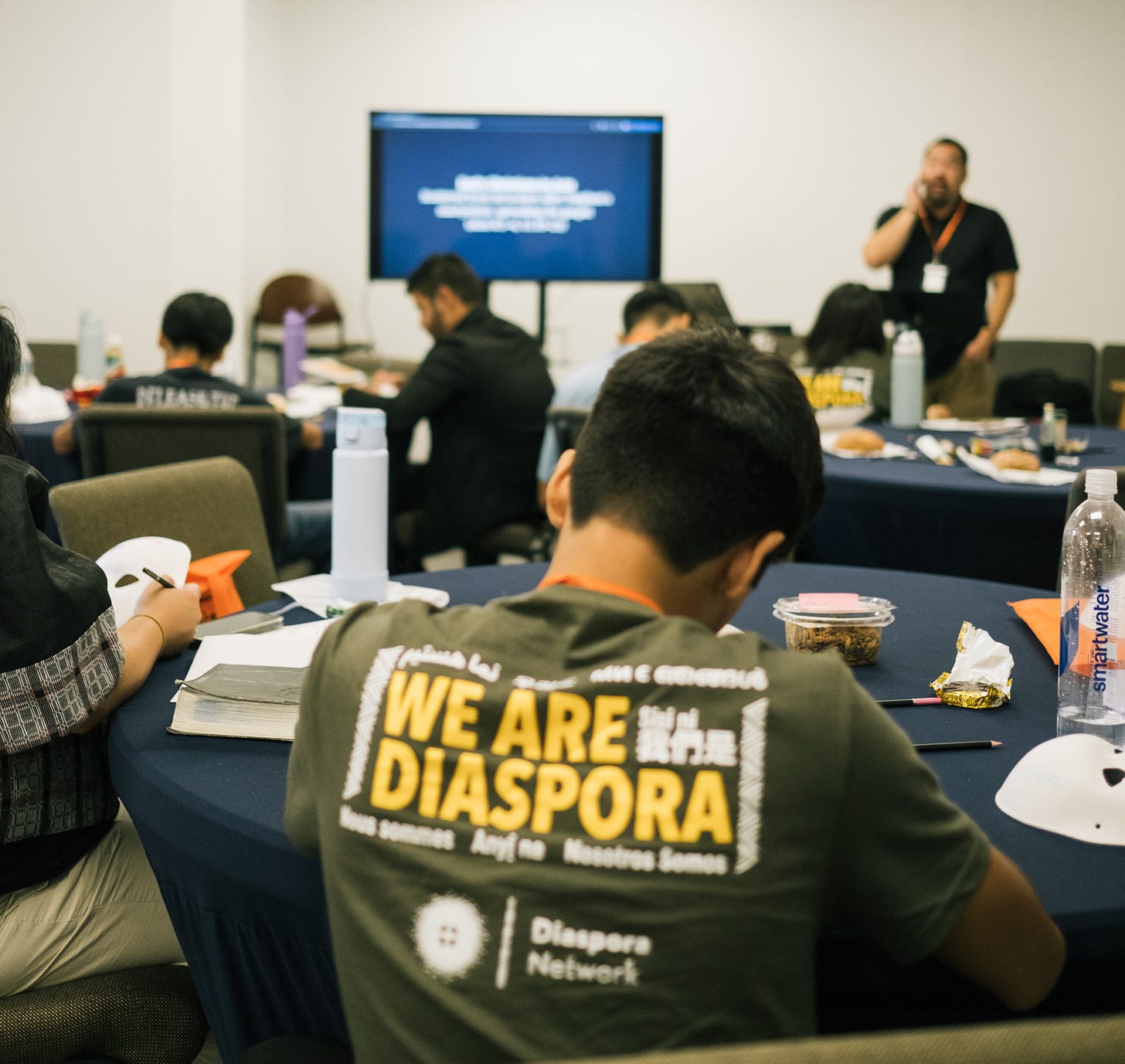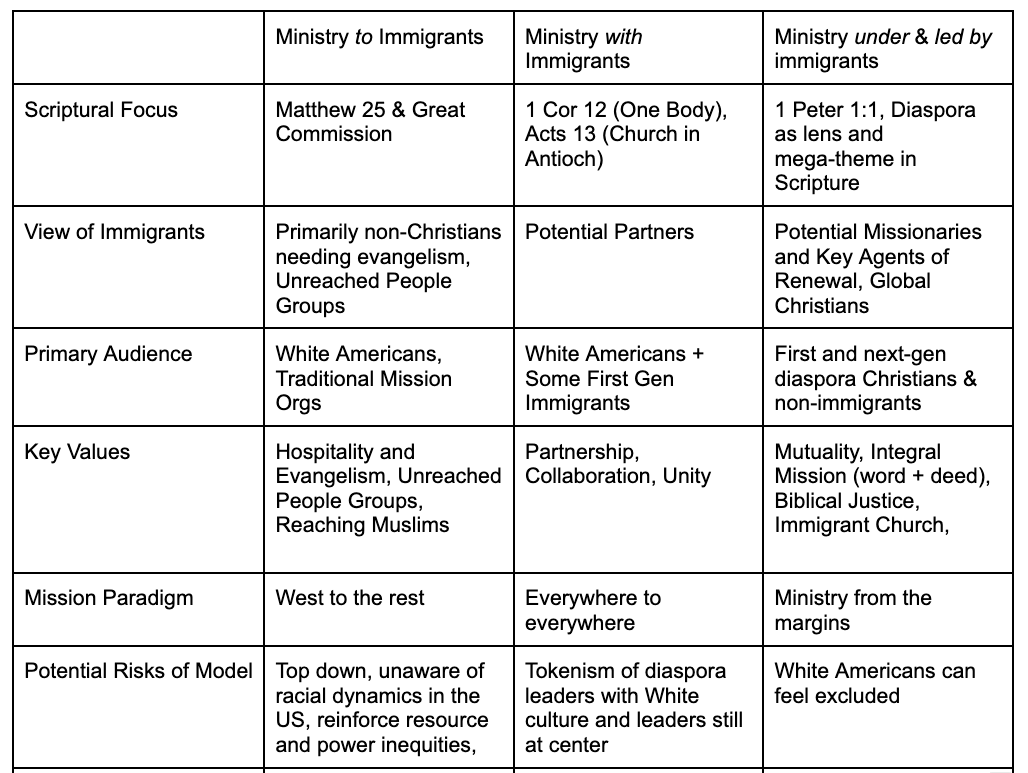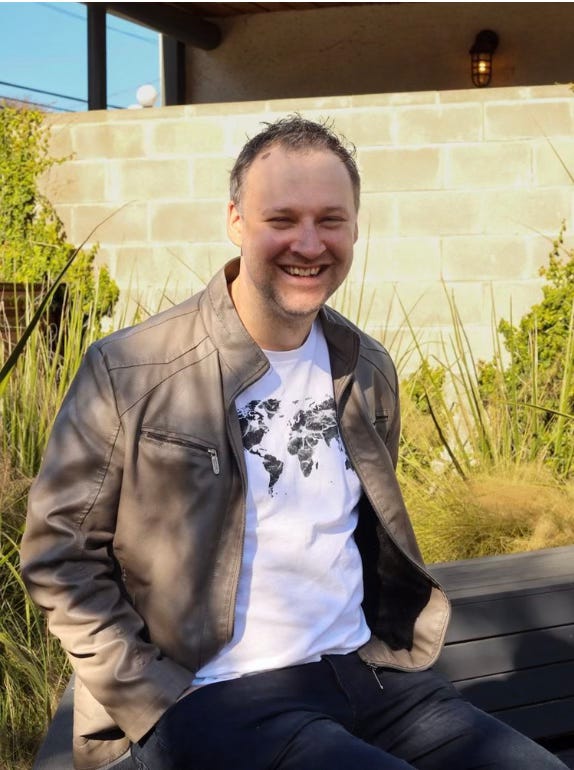To, With and Under: 3 Models for Immigrant Ministry
Reimagining Immigrant Ministry for a New Era of Global Christianity
After graduating from college, I served on the planning team for a conference called Mission on Your Doorsteps. This conference aimed to raise awareness among mostly suburban White churches in the Western Suburbs of Chicago of the changing city demographics and to equip them to reach the growing numbers of immigrants arriving in their communities. The catch phrase could have been: The Nations are here! Those who were especially drawn to the conference at this stage were white-American former missionaries who were excited to be able to continue the work they had done in another country here in the US, often among the same people groups. Others saw this conference and immigrant ministry in the US as a training ground to help prepare them to serve “overseas.” I call this ministry paradigm Immigrant Ministry 1.0.
On the planning team for the Mission on Your Doorstep conference were some immigrant leaders including Dr. Sam George from India (and is currently a Diaspora Network board member). After several years of doing the conference, Dr. Sam and a few others on the team gently but firmly began to raise some concerns and ask some questions about our name: Who did we mean by “your”? Whose doorstep and whose home were we inviting immigrants into? What was the place for immigrant church and immigrant Christian leaders in this conversation? Were they simply to be recipients of hospitality and mission done by White Americans?
Dr. Sam challenged the planning team to re-think the conference’s model for ministry and mission and to change the name of the conference to reflect this. The new name became “Mission On Our Doorsteps.” This shift sought to highlight that immigrants also had a doorstep and were also key agents of mission and hospitality. Immigrant Christians and leaders were to be important potential partners in mission. We were all in this together. This was a huge shift for our conference, with big implications. Not just the name had to change, but the workshop topics, resources, and speakers shifted as well to topics that appealed more to the questions immigrants were asking. Topics such as intergenerational ministry in immigrant churches, churches sharing space, and ways to plant multicultural churches began to be included. With this new name and focus, we began to see increased participation by first-generation immigrant leaders and churches.I call this the “mission with” paradigm—Immigrant Ministry 2.0.
When I founded Diaspora Network, more than four years ago now, the demographic shifts that had been anticipated and talked about 15 years prior when I was involved in “Mission on Your Doorstep” were now a reality in most major cities in the US. White evangelicalism had experienced further decline and decay, both spiritually and numerically, while diaspora Christianity was on the rise. The center had shifted. What could a new network and conference look like that reflected this new reality and that sought to join God in what he was already doing?
I sought to lay a vision and foundation that went one step further than the “ministry with” or 2.0 paradigm.
What would it look like to center diaspora leaders (first and next gen) in the conversation? How could we invite non-immigrants, especially White Americans, to learn and receive the gifts of the global church and to offer their own gifts humbly while not being in charge? This is what we might call diaspora-led ministry or “ministry under” (from a non-immigrant perspective): Immigrant Ministry 3.0. We are still in the process of figuring this out but have taken some great strides.
Many non-immigrant Americans who first hear about Diaspora Network assume the 1.0 paradigm. They jump to scriptural passages and interpretations which tend to center the powerful in the work of welcoming (think of ways of reading the book of Ruth, for example, that put Boaz over Ruth as the main hero of the story). Books, conferences, podcasts, organizations, and blogs abound in this space. There is so much good here, but this model and mindset also carries with it potential risks. It’s so hard to not see ourselves, regardless of our background, as the primary agents of mission. Questions such as: “How can we reach immigrants?” Or “what do they need?” highlight this paradigm.
Similar tensions and conversations have been underway in global mission given the growing awareness of the shift of the church to the Global South and the number of Christian migrants from Africa, Asia, and Latin America moving to the West. Global missiology terms like “reverse mission” have attempted to adapt to this change, but they continue to center the West (reverse for whom?) rather than recognizing the multidirectional nature of mission and that, most often than not, in the scriptures and in history, mission emerges from and through those on the margins. The shift from to, with, and under can bring with it a lot of disorientation for Western and non-immigrant folks used to being at the center.
The following chart seeks to compare and contrast these ministry models. Where do you naturally gravitate when thinking about immigrants and the global church? How do these other paradigms challenge your way of thinking?
Rev. Jonathan Abraham Kindberg is the founder and Executive Director of the Diaspora Network. He is the second-generation in his family born in Perú and was raised in Chile, Panamá and Kentucky. He resides with his wife Lini in Houston, Texas.





